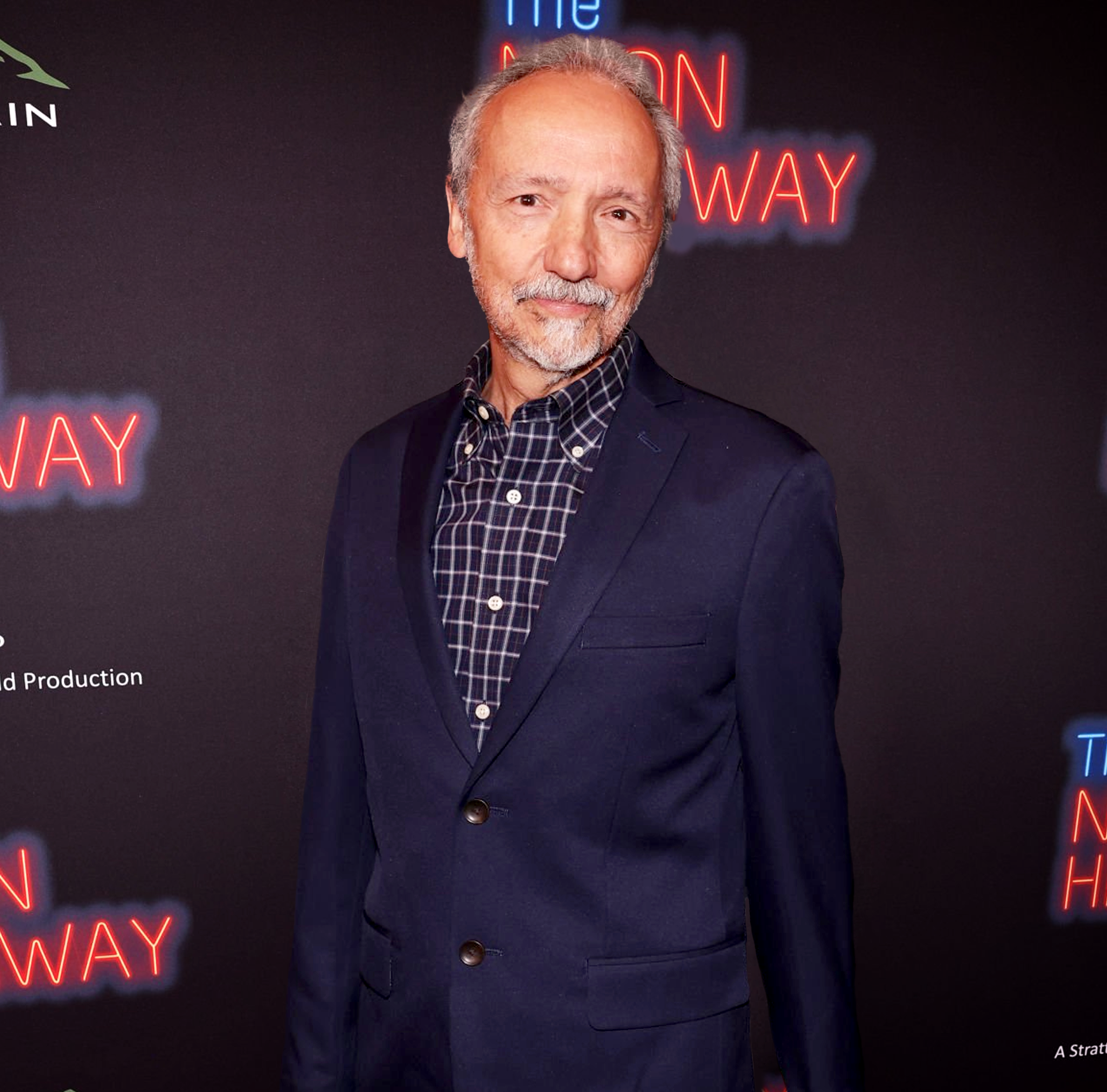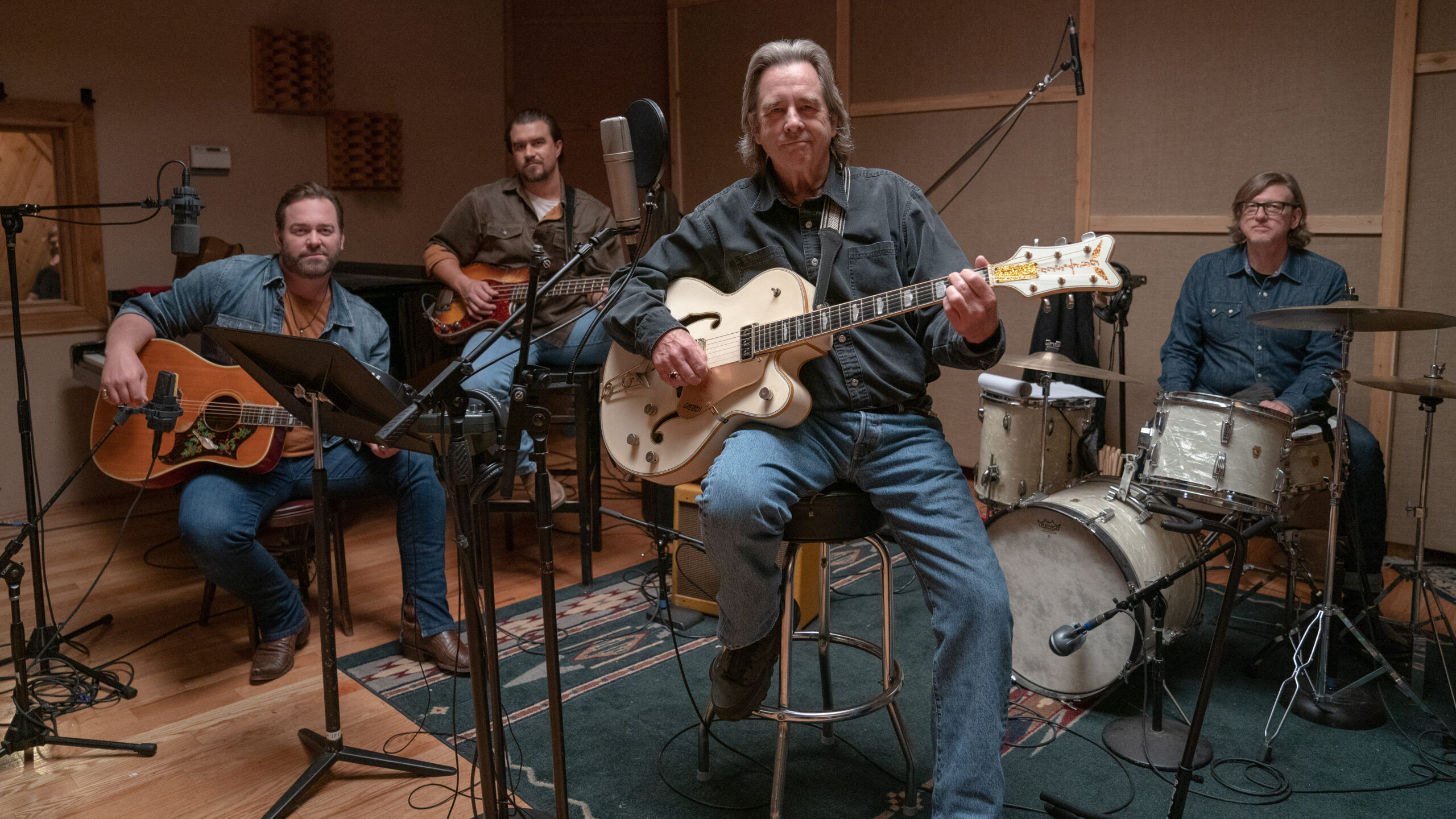"Good storytelling is not so much about “making up” a story; rather it’s about “discovering” the story that already exists."
PHILLIP ROB BELLURY

Phillip Rob Bellury
By PHILLIP ROB BELLURY
It’s an oft-repeated adage that a well-crafted wine improves with age. Maybe the same can be said about a well-crafted story. William (Bill) Wages and I wrote the first draft of “The Neon Highway” in 1993, and after several options, multiple revisions, and a lot of heartbreaking near-misses, the movie finally made it to the big screen recently, premiering in March at the Belcourt Theater in Nashville.
Beau Bridges and Rob Mayes were the featured stars on the red carpet, as well as producer Stratton Leopold, director Bill Wages, and Craig Miller of Craig Miller Productions – all three longtime friends and experienced filmmakers with roots in Georgia. The movie was shot in Columbus, Georgia and included a host of Atlanta area crew and acting talent. The good reviews from attendees at the premiere and the subsequent success of a twelve-city limited release has helped us accept the fact that, by God, we did it! The dream that began more than thirty years ago had finally been realized.
The movie’s storyline follows a singer/songwriter, Wayne, who dreamed of hearing his song on the radio, only to have that dream shattered by a tragic car crash. In an instant, all his aspirations to make it Nashville seemed hopeless, so he tried to forget and move on with his life. But like the line from the title song says, “You don’t get to choose it; life chooses you.” And in Wayne’s case, life had a few surprises that turned everything around for him.
The first draft of “The Neon Highway” was not our first attempt at writing a marketable screenplay. There were several others, but for any number of reasons, they were put on the shelf while Bill and I asked ourselves, “What’s hot right now and marketable to a large audience? And what’s the story that reaches that audience?” The answer to the first question came rather quickly: country music.

In the 1980s, the legendary country music stars like Willie Nelson, Waylon Jennings, and Dolly Parton were still selling songs and filling up concert halls. But the decade of the eighties also saw a phenomenal rise in popularity of Garth Brooks, George Strait, Travis Tritt, Alan Jackson, and all the other “hats”. More than one of those recording artists happen to be from Georgia. After a little research and visits to Nashville, Bill and I learned that country music was by far the number one music genre, nationally and internationally. We both had relationships in that world, so we consulted with a few people who were instrumental in helping us understand both the creative and business sides of country music.
Convinced that we were on the right track, we set about developing the story. Again, the story came quickly, proving my theory that good storytelling is not so much about “making up” a story; rather it’s about “discovering” the story that already exists. In this case, there were several real-life stories from which we drew our inspiration. One of those involved a man I had met years earlier when I volunteered at a Midtown Atlanta homeless center. His name was Wayne, and he wandered in one night and asked if he could play his guitar and sing a few songs. I was amazed at the quality of his songs and his talent as a guitarist and vocalist. A few years later, while visiting Nashville, I bumped into Wayne again at a restaurant and learned he was living in his car while he tried to sell his songs. He was just one among thousands of desperate wannabes who have the talent to write a good song, but after a while, lose hope of ever hearing it on the radio.”
“After that first draft was written in 1993, Bill and I knew we had a good story, even if the screenplay still needed some work. So, Bill asked the legendary Hollywood director, Lamont Johnson, to read the screenplay and give us his thoughts and suggestions. Bill had worked with Lamont on previous movie projects and considered him to be his mentor. And to our great surprise, Lamont read the script and liked it enough to suggest he would be interested in directing it. More than that, he asked if he could send it to Johnny Cash, who he had directed years earlier in the movie, “A Gunfight.”
"The story that we thought was dead was only dormant, waiting for a little water to come to life."
-PHILLIP ROB BELLURY
Fast forward a few days, and Lamont called to say that Cash was very interested and wanted to meet with us to go over a few notes. A few weeks later, Bill and I met with Johnny Cash at a hotel in Buckhead the afternoon before he was to perform at the Roxy Theater that night. As it turned out, Cash not only liked the story, but he said that two of the scenes in the script were moments that he had experienced, prompting him to ask if we were in the country music business. We said no, but Bill explained that much of the business side of country music in many respects was a mirror image of the film industry. Cash’s only other comment was that he thought one of the supporting roles would be ideal for his wife, June. Of course, we readily agreed.
The relationship with Johnny Cash gave us a surge of confidence, and in short order we had our first option agreement. However, several factors got in the way of greenlighting the project. One impediment was a squabble between agents and entertainment attorneys, but the final blow came when Johnny Cash became ill. As quickly as the project seemed alive, it was suddenly dead. Or at least, that was what we thought.”
All through the 1990s, Bill and I continued to develop and write screenplays while we paid the bills with our day jobs. But then, in the year 2000, we got a call from a potential investor who asked if the country music story was still available. We said yes, but we explained that it needed to be updated to include more recent technologies, including cell phones and other digital applications that were pertinent to the story. And we did that, hoping that once we had a new version, we could finally produce the movie. But again, for a variety of reasons, the potential financing did not materialize, and once again, we thought the project might be dead.
More years of writing screenplays passed, until 2021, when Craig Miller introduced us to group of investors who were already looking at potential movie deals. They were particularly interested in our country music story, and after reading it, they called to say they would back the project. Their reason, first and foremost, was that they liked the story. It didn’t hurt that the team they would be trusting to make the movie included veteran filmmakers with vast experience in Hollywood.”
Born and raised in Savannah, Georgia, Stratton Leopold began his longstanding career in filmmaking as an actor, casting director, assistant director, location manager and production manager, working with many of Hollywood’s renowned directors and actors on a host of blockbuster movies. His later credits include producer, co-producer, supervising producer, and executive producer on major feature films, including “Mission impossible 3,” “The Sum of All Fears,” “The General’s Daughter,” “The Adventures of Baron Munchausen,” “The Rose and the Jackal,” “The Big One,” “Blood In, Blood Out,” “Born Yesterday,” and others. He also served as an executive vice president at Paramount Studios.
Photos Courtesy of Phillip Rob Bellury
Born and raised in Atlanta, Georgia, Bill Wages’ career in film began in the seventies as a director and cameraman, creating documentaries, and commercials. During the 1990s, he worked virtually non-stop as director of photography on more than 30 feature films and television movies. He was nominated for eight prestigious ASC awards and won twice for “Riders of the Purple Sage” and “Buffalo Soldiers.” Over the years, he worked with every major network, multiple Hollywood studios, and producers as varied as Stephen Spielberg and J.J. Abrams. He also worked with several legendary Hollywood directors, including Lamont Johnson, Irving Kirschner, and Roland Joffe, each of whom encouraged him to pursue directing as his next career move. Though he had experience directing episodic television, “The Neon Highway” was his first feature film directing role, and by all accounts, a great success.
The lesson from our experience with “The Neon Highway” story is much like the theme of the movie: Write a good song, and don’t give up the dream. In our case, the lesson was to write a good story and keep believing, even when the odds are stacked against you.
“There is an old Lakota Indian proverb that goes something like this: “If the horse is dead, dismount.” There were many times over the past thirty years when we believed that our horse – the story – might in fact be dead. However, one of the great mysteries of life is that a dormant seed that seems to be lifeless only needs a little water and a lot of patience to finally sprout into a flourishing plant, flower, or tree. As it turned out, the story that we thought was dead was only dormant, waiting for a little water (financing) to come to life. To be clear, the business side of independent filmmaking is almost always a dead-end street, but a good story never dies. It may lie dormant for a period, maybe even thirty years, but a well-crafted story is like an ember that only needs to be fanned to become a flame.
How important is a good story, especially if you are an independent filmmaker? When we began casting for lead roles, Beau Bridges read the script and said it was the story that attracted him to the project.
“In other words, when you craft your screenplay and think about shooting style and production value, don’t forget that in the end, it’s the story that will carry the day.

